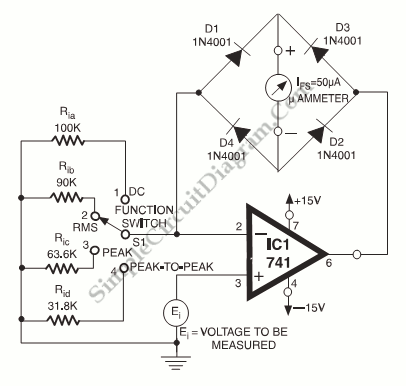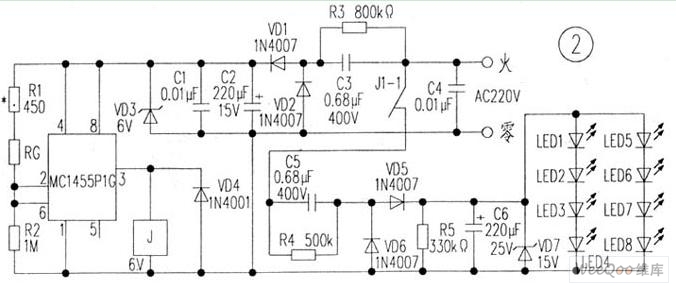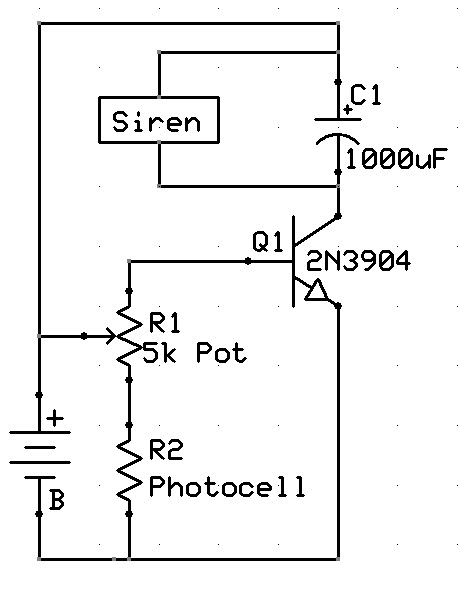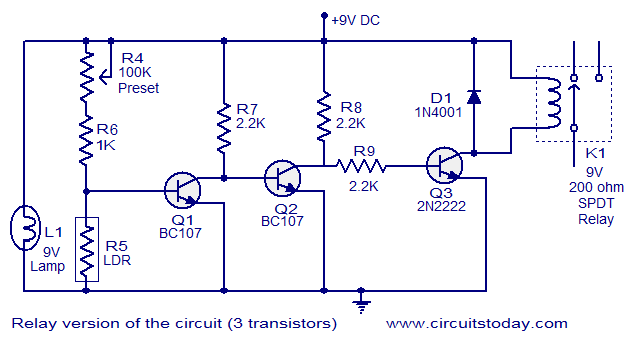
3V to high Joule Thief inverter circuit

A 3V to 1000V inverter circuit has been constructed, but it is not functioning as intended. The creator seeks expert assistance to identify potential errors in the circuit design. Additionally, there is uncertainty regarding the transformer construction, as the same number of turns has been used, but wire and core thickness were not considered. Very thin copper wire was utilized.
The design of a 3V to 1000V inverter circuit involves several critical components and considerations to ensure proper functionality. The inverter's primary role is to convert low-voltage DC input (in this case, 3V) into high-voltage AC output (up to 1000V). The key elements of the circuit typically include a power source, an oscillator, a transformer, and output circuitry.
1. **Power Source**: The circuit begins with a stable 3V DC power supply. This could be a battery or a regulated power supply. It is essential that the power source can provide sufficient current for the inverter operation.
2. **Oscillator**: An oscillator circuit is required to switch the DC input on and off rapidly, creating a pulsed signal. This can be achieved using transistors, integrated circuits, or dedicated oscillator chips. The frequency of the oscillation will determine the output frequency of the inverter.
3. **Transformer**: The transformer is a critical component in stepping up the voltage from 3V to 1000V. The design of the transformer must consider both the number of turns and the wire gauge used. The turns ratio must be calculated accurately; for instance, to step up from 3V to 1000V, a turns ratio of approximately 1:334 would be required. Using very thin copper wire can lead to excessive resistance, heating, and potential failure of the transformer. Additionally, the core material and thickness are vital for efficient magnetic coupling and minimizing losses.
4. **Output Circuitry**: The output stage may include rectification and filtering components if a DC output is desired. However, if high-voltage AC is the goal, appropriate safety measures must be in place to handle the high voltage safely.
5. **Error Checking**: To troubleshoot the circuit, it is recommended to check all connections for soldering errors, verify component values, and ensure that the oscillator is functioning correctly. Measuring voltages at various points in the circuit can help identify where the failure occurs.
In summary, constructing a 3V to 1000V inverter circuit requires careful attention to component selection and circuit design. The transformer, in particular, must be designed with appropriate wire gauge and core material to ensure efficiency and functionality.I wanted to make 3v to 1000 volts inverter circuit. I already soldered circuit but it doesnt work. I wanted experts to look for errors in my circuit. Also I dont know if I made properly tranformator. It has same number of turns but I ignored wire and core thickness. I used very thin copper wire 🔗 External reference
The design of a 3V to 1000V inverter circuit involves several critical components and considerations to ensure proper functionality. The inverter's primary role is to convert low-voltage DC input (in this case, 3V) into high-voltage AC output (up to 1000V). The key elements of the circuit typically include a power source, an oscillator, a transformer, and output circuitry.
1. **Power Source**: The circuit begins with a stable 3V DC power supply. This could be a battery or a regulated power supply. It is essential that the power source can provide sufficient current for the inverter operation.
2. **Oscillator**: An oscillator circuit is required to switch the DC input on and off rapidly, creating a pulsed signal. This can be achieved using transistors, integrated circuits, or dedicated oscillator chips. The frequency of the oscillation will determine the output frequency of the inverter.
3. **Transformer**: The transformer is a critical component in stepping up the voltage from 3V to 1000V. The design of the transformer must consider both the number of turns and the wire gauge used. The turns ratio must be calculated accurately; for instance, to step up from 3V to 1000V, a turns ratio of approximately 1:334 would be required. Using very thin copper wire can lead to excessive resistance, heating, and potential failure of the transformer. Additionally, the core material and thickness are vital for efficient magnetic coupling and minimizing losses.
4. **Output Circuitry**: The output stage may include rectification and filtering components if a DC output is desired. However, if high-voltage AC is the goal, appropriate safety measures must be in place to handle the high voltage safely.
5. **Error Checking**: To troubleshoot the circuit, it is recommended to check all connections for soldering errors, verify component values, and ensure that the oscillator is functioning correctly. Measuring voltages at various points in the circuit can help identify where the failure occurs.
In summary, constructing a 3V to 1000V inverter circuit requires careful attention to component selection and circuit design. The transformer, in particular, must be designed with appropriate wire gauge and core material to ensure efficiency and functionality.I wanted to make 3v to 1000 volts inverter circuit. I already soldered circuit but it doesnt work. I wanted experts to look for errors in my circuit. Also I dont know if I made properly tranformator. It has same number of turns but I ignored wire and core thickness. I used very thin copper wire 🔗 External reference





